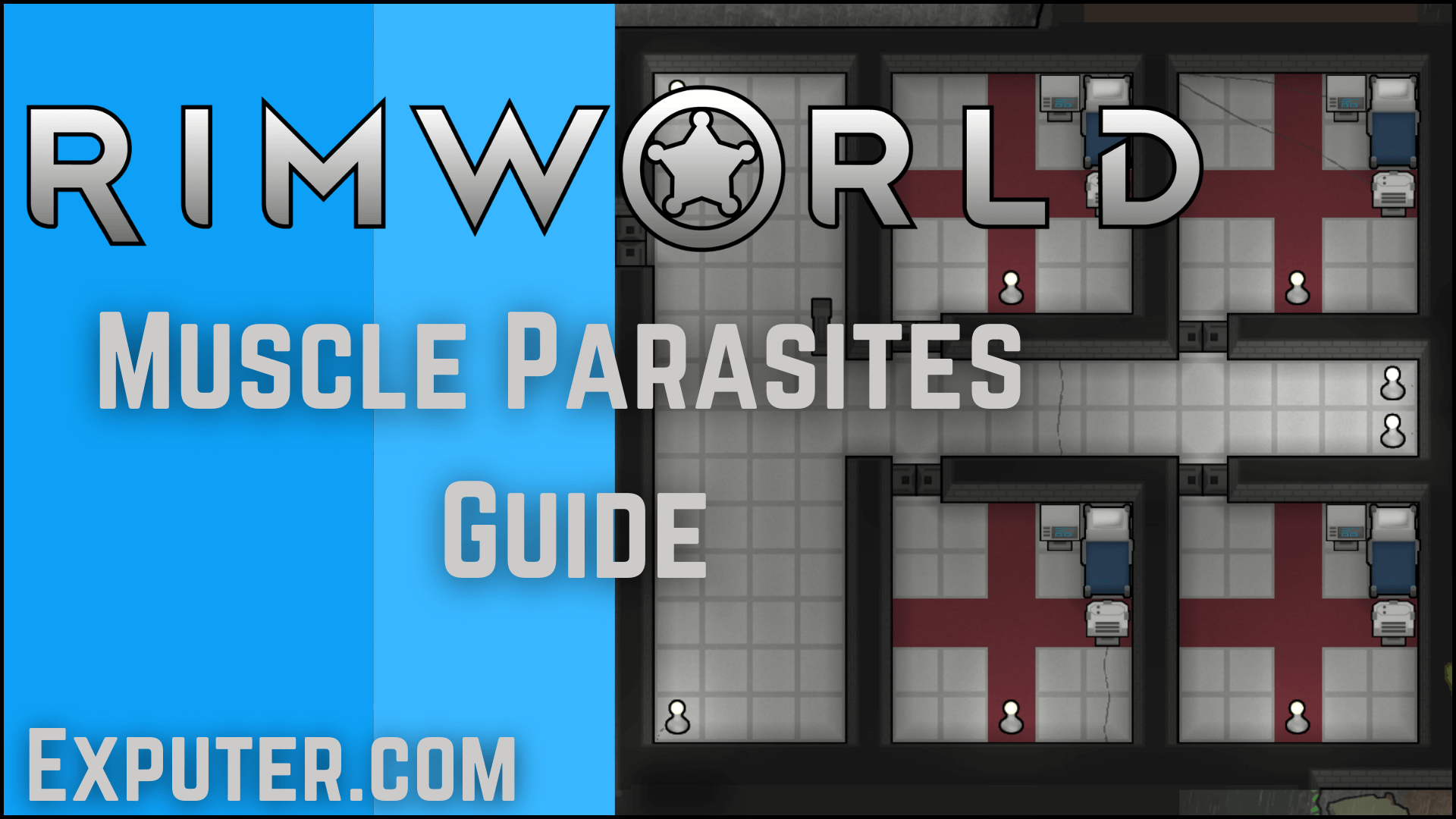
Centers for Disease Control and Prevention.


Make a list of your symptoms, including any that seem unrelated to the reason for which you scheduled the appointment.When you make the appointment, ask if there's anything you need to do in advance, such as limit your diet. Be aware of pre-appointment restrictions.Here's some information to help you get ready for your appointment. In some cases, you may be referred to an infectious disease specialist. You're likely to start by seeing your family health care provider. Request an Appointment at Mayo Clinic Preparing for your appointment Your provider might prescribe a steroid medication to control pain and swelling. This happens when the parasite enters muscle tissue or when dead or dying larvae release chemicals in your muscle tissue. Sometimes trichinosis can cause an allergic reaction. As a result, the larvae die, and the muscle aches and weakness usually go away. Over time, the larvae cysts in your muscles tend to harden into calcium (calcify). After the larvae have entered the muscles, your provider may prescribe pain relievers to help relieve muscle aches and pain and swelling (inflammation). However, your provider might prescribe one if you have brain, heart or lung problems due to larvae causing pain and swelling (inflammation) in these organs. If your provider discovers the infection after the larvae bury themselves in muscle tissues, the anti-parasitic drugs may not kill all the parasites. The drugs may cause nausea, vomiting, diarrhea and stomach pain during the treatment. If your provider discovers that you have roundworm (trichinella) parasites early, albendazole (Albenza) or mebendazole (Emverm) can kill the worms and larvae in the small intestine.

Anti-parasitic medication is the first line of treatment for trichinosis.

Your health care provider may prescribe medications depending on your symptoms and the severity of infection.Īnti-parasitic medication. Infection with a large number of larvae can cause more-severe symptoms that need treatment right away. However, fatigue, mild pain, weakness and diarrhea may stay for many months or years. In cases with a mild or moderate number of larvae, most signs and symptoms typically go away within a few months. Trichinosis usually gets better on its own. Because of this, stool sample tests don't often show the parasite. Trichinella larvae travel from the small intestine through your bloodstream to bury themselves inside muscle tissue.


 0 kommentar(er)
0 kommentar(er)
